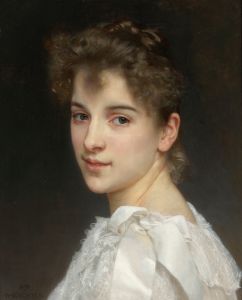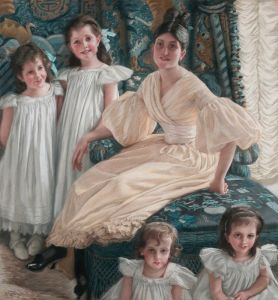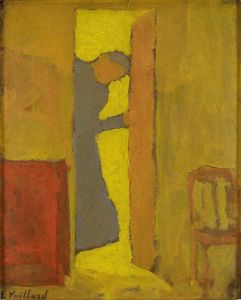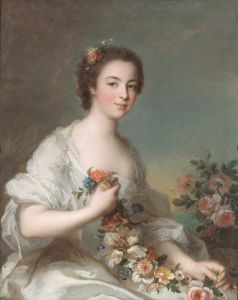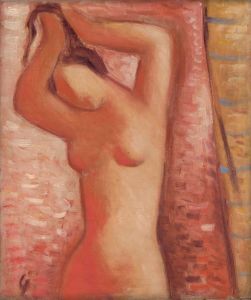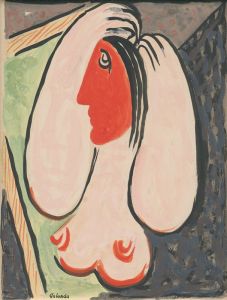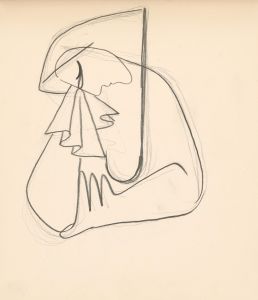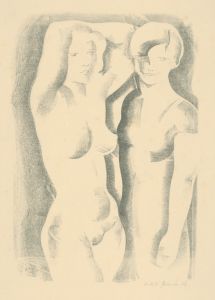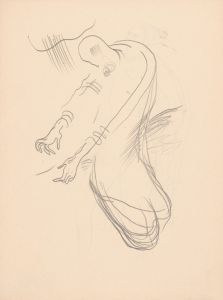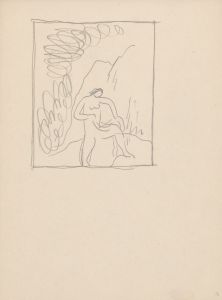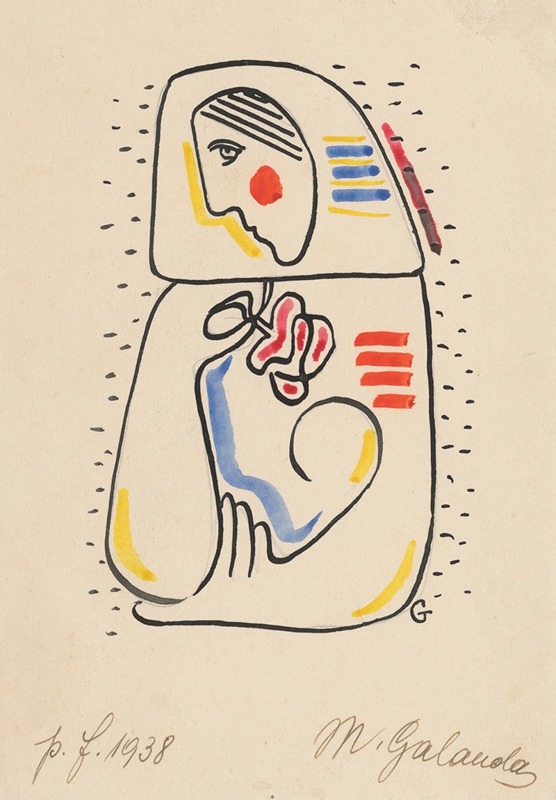
Matka
A hand-painted replica of Mikuláš Galanda’s masterpiece Matka, meticulously crafted by professional artists to capture the true essence of the original. Each piece is created with museum-quality canvas and rare mineral pigments, carefully painted by experienced artists with delicate brushstrokes and rich, layered colors to perfectly recreate the texture of the original artwork. Unlike machine-printed reproductions, this hand-painted version brings the painting to life, infused with the artist’s emotions and skill in every stroke. Whether for personal collection or home decoration, it instantly elevates the artistic atmosphere of any space.
Mikuláš Galanda was a prominent Slovak painter, graphic artist, and illustrator, known for his significant contributions to modern Slovak art. Born on May 4, 1895, in Turčianske Teplice, Slovakia, Galanda became a leading figure in the development of Slovak modernism during the early 20th century. His work is characterized by a unique blend of traditional Slovak themes with modernist techniques, reflecting both his national heritage and the broader European artistic movements of his time.
One of Galanda's notable works is "Matka" (translated as "Mother"), which exemplifies his artistic style and thematic focus. Although specific details about the painting "Matka" are limited, Galanda's oeuvre often explored themes of family, motherhood, and the Slovak rural landscape, which were central to his artistic vision. His works frequently depicted everyday life and the intimate bonds within Slovak families, rendered with a modernist approach that incorporated elements of cubism, expressionism, and folk art.
Galanda was part of the "Generation of 1909," a group of Slovak artists who sought to modernize Slovak art by integrating contemporary European styles while maintaining a connection to Slovak cultural identity. This group played a crucial role in the cultural development of Slovakia during the interwar period, and Galanda was one of its most influential members. His work, including "Matka," reflects this dual commitment to innovation and tradition.
Throughout his career, Galanda was deeply influenced by the broader European avant-garde movements. He studied at the Academy of Fine Arts in Budapest and later in Prague, where he was exposed to the works of leading modernist artists. This exposure informed his artistic development, allowing him to synthesize various styles into a distinctive visual language that resonated with Slovak audiences.
Galanda's contribution to Slovak art extended beyond his paintings. He was also an accomplished graphic artist and illustrator, contributing to numerous publications and periodicals. His illustrations often accompanied literary works, enhancing the cultural dialogue between visual and literary arts in Slovakia.
Despite his relatively short life—Galanda passed away on June 5, 1938—his impact on Slovak art was profound. His works continue to be celebrated for their innovative approach and their ability to capture the essence of Slovak life and identity. "Matka," like many of his other works, remains an important piece in understanding the evolution of Slovak modernism and the role of art in expressing national identity.
In summary, while specific details about the painting "Matka" by Mikuláš Galanda are scarce, the artist's broader body of work provides valuable insights into his artistic intentions and the cultural context of his time. Galanda's legacy as a pioneer of Slovak modernism endures, and his works continue to be studied and appreciated for their artistic and cultural significance.





